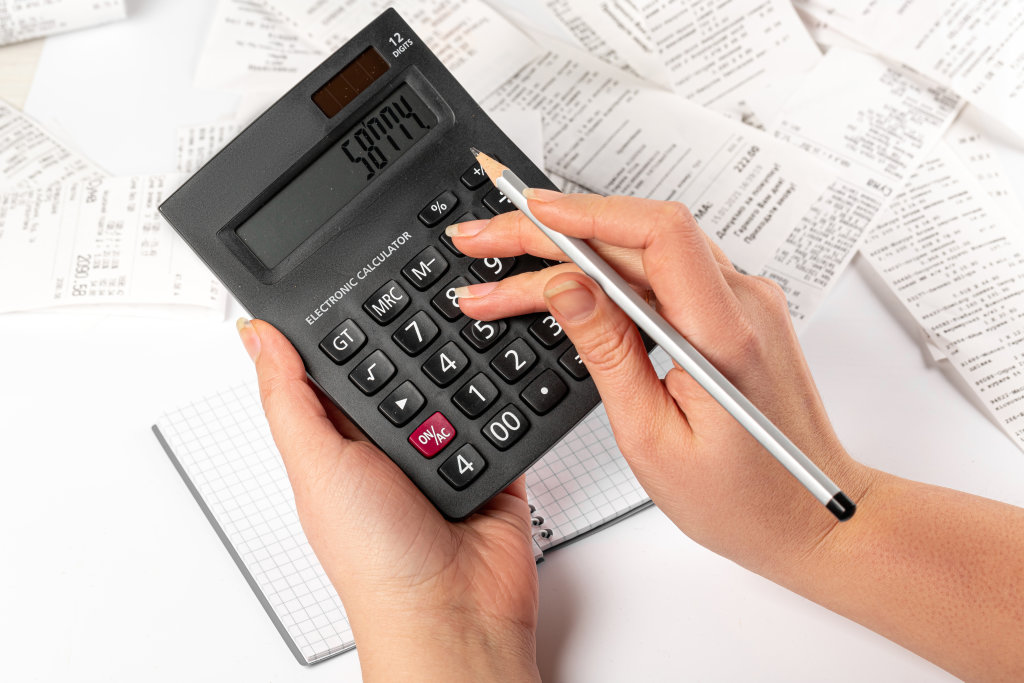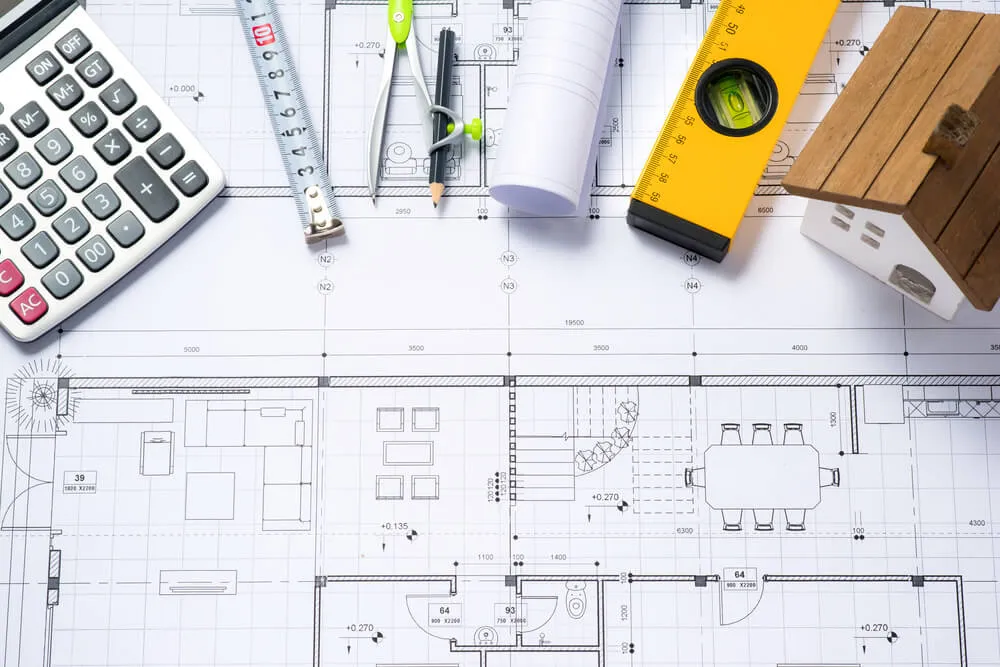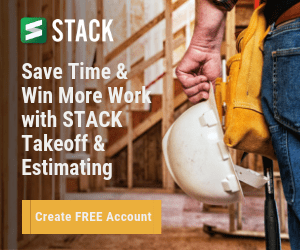Avoiding mistakes and dealing with challenges in Value Engineering

11th April, 2020
Avoiding mistakes in Value Engineering
When the time comes to value engineer a project there are mistakes that can be made in the process. These mistakes do not come intentionally but are usually the result of bad project management habits and time constraints.
There are five things that can be done to make the most of VE in a project.
Do not sacrifice quality:
When the project budget calls for cuts to be made and value engineering hits the table, a lesser quality product can often be selected to save money. However, initially specified products are usually not selected with price as the main focus but aesthetics and functionality. With this in mind, there are usually many alternatives that can be provided that match the initial aesthetic of the product and still provide considerable savings.
Be open to alternatives:
Value engineering can provide an opportunity to re-evaluate products and design to see if there are better alternatives available. Like all technology, there are advancements made in construction products so regularly that there may be additional products available that weren’t initially on the table to consider. A possible scenario could be a project where hardwood flooring was originally specified, but now that advancements have been made in luxury wood effect vinyl flooring, it may be a better fit and could potentially provide a lower product and maintenance cost compared to hardwood, while maintaining the same design aesthetic that was originally selected.
Stay ahead of the problem:
A lot of the time, value engineering comes in the 11th hour of a project to keep things on budget. When this happens at the last minute, it can limit product options as these need to be able to fit in with other design elements, as well as potentially having limited available stock, production time, or extended importing timeframes. When value engineering is discussed months in advance of the installation, it is possible to have products imported or even custom made. This can equate to project savings and maintaining a great design aesthetic.
Expand your product network:
If value engineering is a need for a project, it is essential to expand the reach outside of the initial network of manufacturers and distributors that were considered. If you expand out of the initial manufacturers that were specified, it is usually possible to find an equal or better product at a more competitive price. This can be done by sourcing directly from manufacturers and allowing other new manufactures to compete for the project.
Make it an opportunity:
Value Engineering provides a unique opportunity for the architect, client and contractor to re-evaluate the project and the finishes. It can be a time to shift focus and make sure the client is getting the best results possible.
Dealing with the Challenges faced in Value Engineering:
When Value Engineering is carried out on a project there will inevitably be challenges to face. However, there are measures which can be put in place to deal with these challenges and make the Value Engineering stage run smoothly:
Maintain the construction programme:
As value engineering is usually carried out late into a project schedule it is essential that any changes that are made that do not slow down the project. It is important to consider lead times of alternative products to ensure the project is not delayed on-site.
Getting everyone on board:
As a quantity surveyor / construction estimator you can often be met with a negative reaction by an architect for suggesting changes to their design. The first thing to communicate is the reason for value engineering. If everyone recognises and understands the need to make changes, it will be an easier process. It should also be presented to the design team as an opportunity to re-evaluate the initial selections to see if there are changes that could benefit the project, regardless of the budget.
Protecting margins:
Unfortunately, for many professionals, value engineering is a time to select products or finishes that will add margin to a contractor’s line. Staying as involved as possible in the process of product changes is essential for the decision makers and design team on a project. It is important to make sure the project is getting maximum benefit from the process of value engineering, and that you are creating the best result for the client, and not looking to make additional money by utilising cheaper products.




